A piece of rock broken off an asteroid hurtling through space, the first footprints of humans arriving in North America and a giant meatball made out of woolly mammoth. These are just some of the best images that caught the attention of BBC Science Focus editors in 2023.
Rocket science
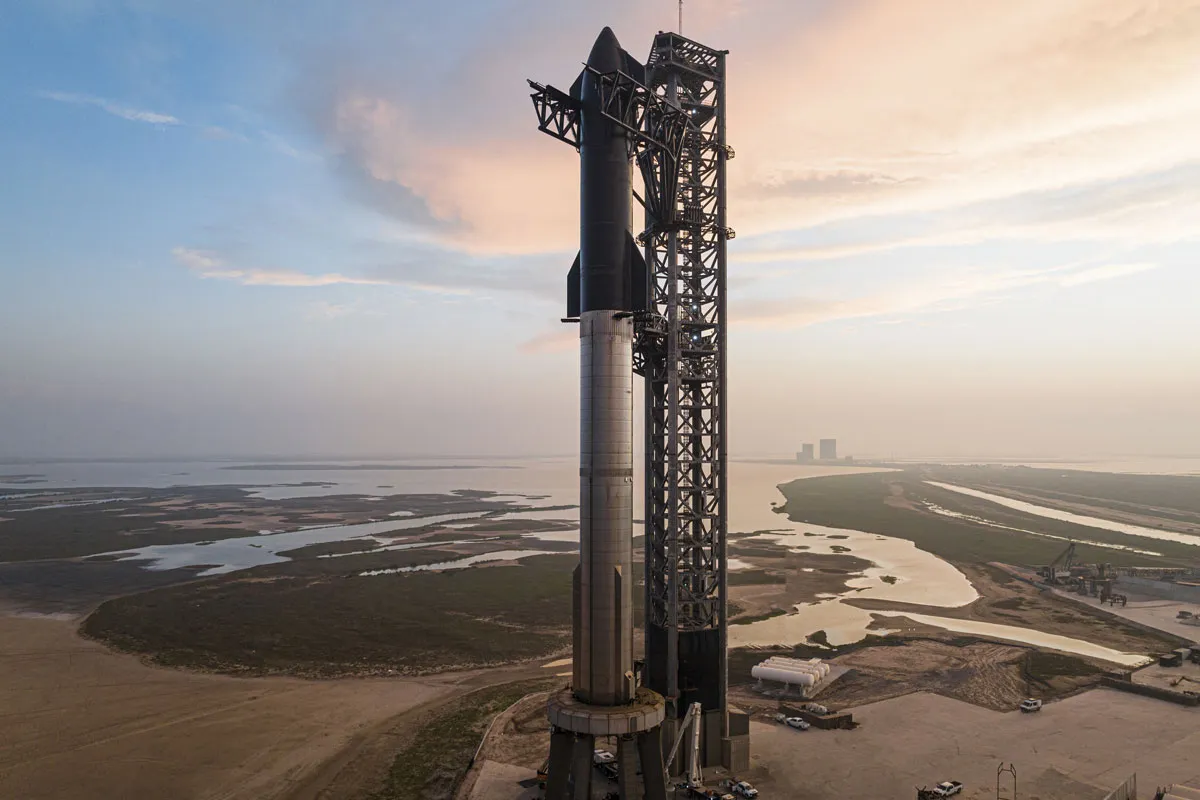
Boca Chica, Texas, USA – November
SpaceX, the spacecraft manufacturer founded by Elon Musk, conducted two tests of its reusable Starship system in 2023. Standing 121m (397ft) tall, it’s twice the height of NASA’s Space Shuttle and incorporates the world’s most powerful rocket to date.
The system has two stages: a passenger-carrying section on top (the second stage) and a rocket below (the first stage), powered by 33 methane and liquid oxygen-fuelled engines. Its maiden test flight (uncrewed) in April not only saw the system explode three minutes after launch, but the thrust from its engines also caused significant damage to the launchpad.
Its subsequent uncrewed test flight in November saw the second stage reach space successfully. Although it’s believed to have self-destructed shortly afterwards, however.
In greater detail
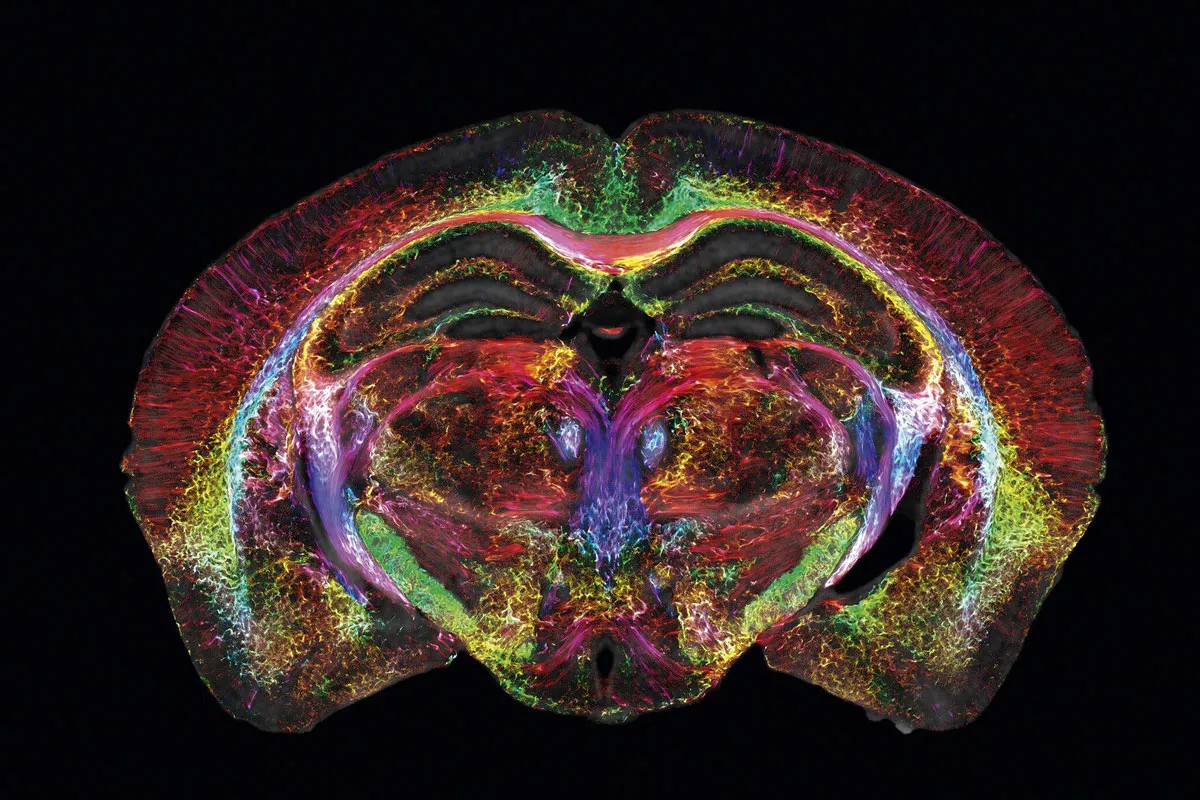
North Carolina, USA – April
50 years ago, the Nobel Prize-winning chemist Paul Lauterbur described a new imaging technique in the journal Nature: magnetic resonance imaging (MRI). The technique remains at the forefront of modern medical diagnosis, but for the last four decades, researchers at Duke University in the US have been striving to improve it.
This year, they showcased their results with this super-high-resolution image of a mouse brain, made possible by a combination of stronger magnets and more powerful computers. Each voxel in the image (the equivalent of a pixel in 3D) is 64 million times smaller than in a standard MRI.
Parachuting in
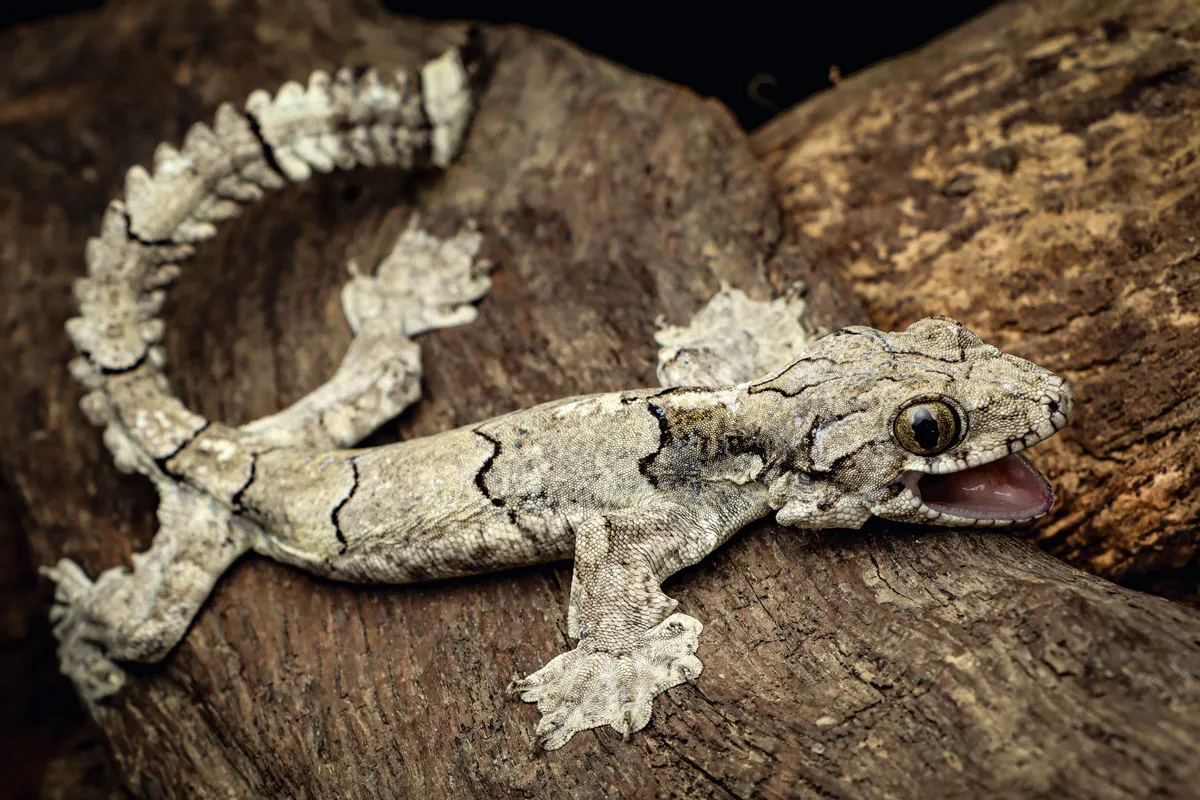
Mizoram, India – June
Lizard lovers crooned when this picture showing a newly discovered species of paragliding gecko made the news. It’s one of a number of species previously classified as Ptychozoon (parachute geckos), which have skin flaps allowing them to glide from tree to tree.
The whole group was recently reclassified under plain old Gekko, with the new species christened Gekko mizoramensis after its native home in the Mizoram state of northeast India.
Found in a region of forest that crosses into Myanmar and Bangladesh, a specimen of it was collected two decades ago, but mistaken for a different species. The researchers claim its discovery highlights the ‘poor state of biodiversity documentation’ in the region.
A rare visit
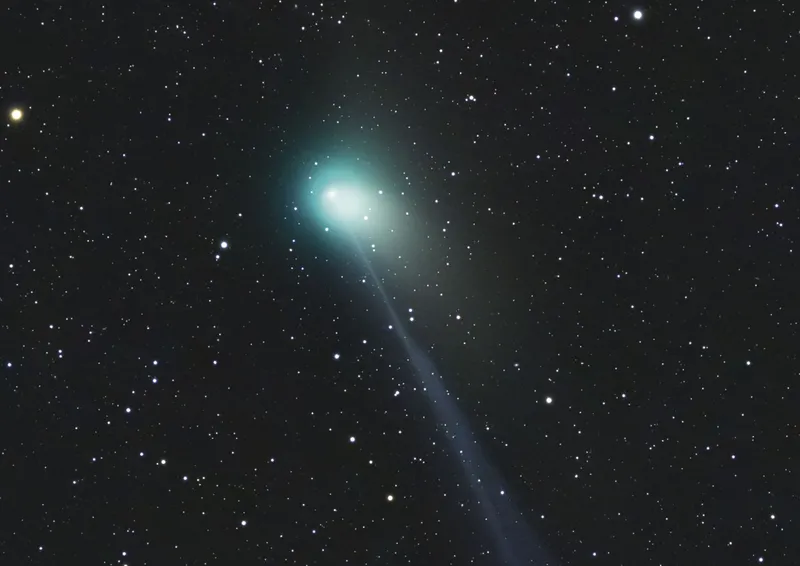
February
Opportunities to photograph the ‘Green Comet’, Comet C/2022 E3 (ZTF), don’t come around too often. It’s an infrequent visitor to our corner of the Solar System, taking 50,000 Earth years to do a lap of the Sun and was last visible during the Stone Age.
In February, however, it completed another circuit, passing within 43 million kilometres (26 million miles) of Earth and appearing in the constellation Camelopardalis.
The comet’s green hue is thought to be due to sunlight bouncing off diatomic carbon (molecules containing two carbon atoms stuck together) in the gases streaming from its surface. By the New Year, it’ll already be over 680 million kilometres (422 million miles) away from Earth.
Hot spot
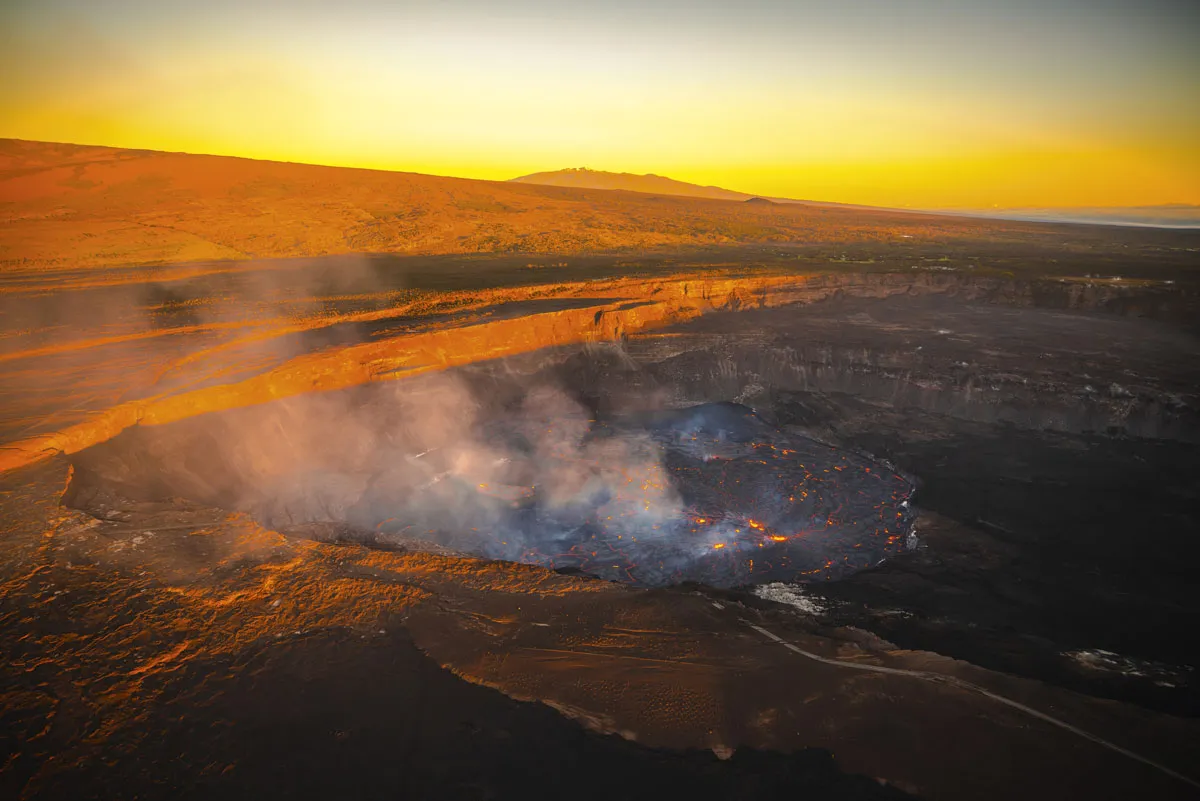
Hawaii, USA – January
Hawaii’s Kilauea volcano is one of the world’s most active, rarely staying silent for more than a few weeks or months at a time and never – in the last couple of centuries, at least – for longer than 18 years.
An eruption in January marked its awakening from a brief slumber over the Christmas and New Year period. Prior to that, it had been on the go since September 2021. This image shows the Halema’uma’u Crater, where 50m-high (164ft) lava fountains were seen on 5 January. The crater formed when a lava lake in the volcano’s caldera emptied out at the end of the 19th century. It doubled in size after a particularly destructive eruption in 2018.
Read more:
- Volcanoes across the globe are now erupting. Should we be worried?
- Top 10: Most explosive volcanic eruptions
- Eruption Island: Inside Iceland’s explosive new surge of volcanic activity
Special delivery
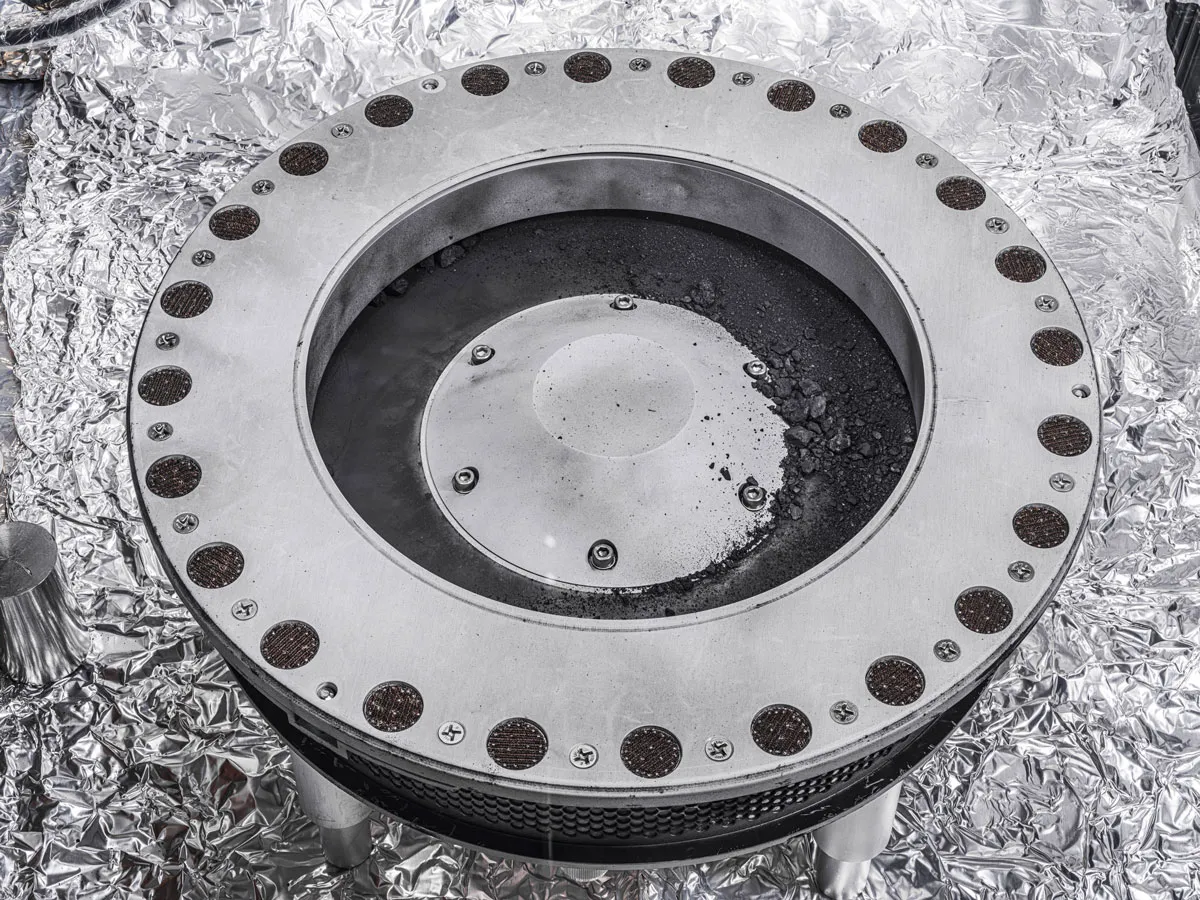
Houston, Texas, USA – September
On 24 September, NASA’s OSIRIS-REx spacecraft swung by Earth to drop off a package, then continued on with its mission to explore nearby asteroids. This is what scientists discovered when they opened the capsule that OSIRIS-REx sent parachuting down to the Utah desert: rock dust (right of centre) that the spacecraft collected from the 500m-wide (1,600ft), near-Earth asteroid Bennu.
Now under scrutiny in a NASA clean room, in October, the results of initial analyses hinted that the dust is rich in carbon and water. Bennu is thought to be a piece of a much larger, ancient asteroid – scientists view it as a time capsule containing information about the origins of our Solar System.
Under pressure
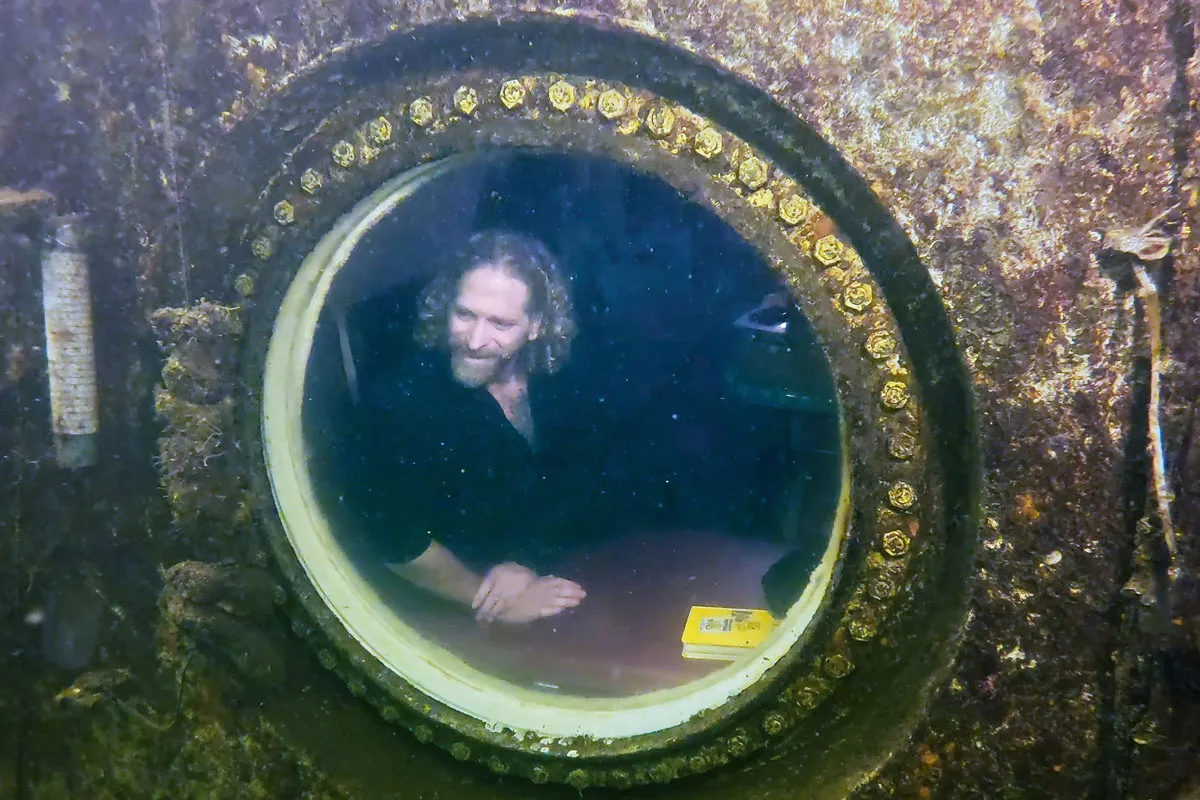
Florida, USA – May
Between March and June, marine researcher Joseph Dituri (pictured) spent a record-breaking 100 days in Jules’ Undersea Lodge, named for the author Jules Verne. Submerged 7m (22ft) below the surface of a Florida lagoon, his body apparently thrived in the extreme environment (where the pressure is kept at the same level as the water outside), with his cholesterol and inflammatory markers both taking a nosedive.
Speaking afterwards, Dituri said, "It was about… extending human tolerance for the underwater world."
Narrow escape
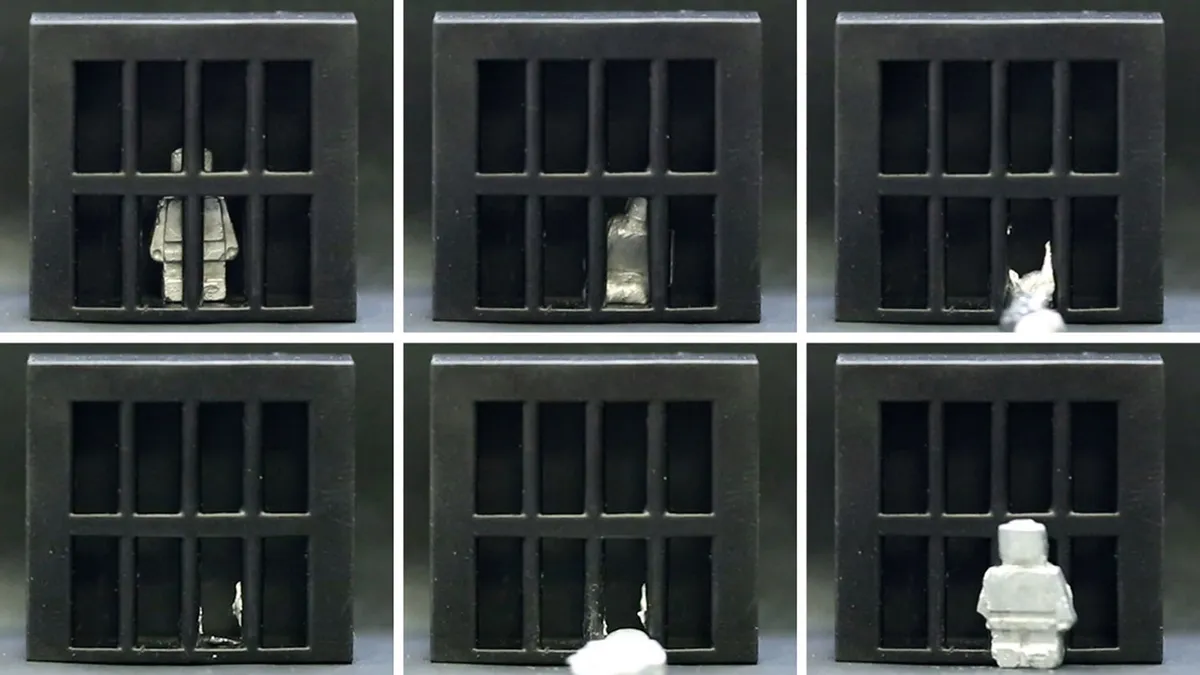
Pennsylvania, USA – January
In January, researchers from Carnegie Mellon University pulled off this jailbreak scene – a nod to 1991’s Terminator 2 – by making a figurine out of a new type of material that melts in a magnetic field.
It’s a feat that’s arguably less impressive than it appears, as the material, which contains tiny magnetic particles embedded in gallium, had to be recast in a mould to reform the figurine in the final shot. Full marks for presentation though.
Heading south
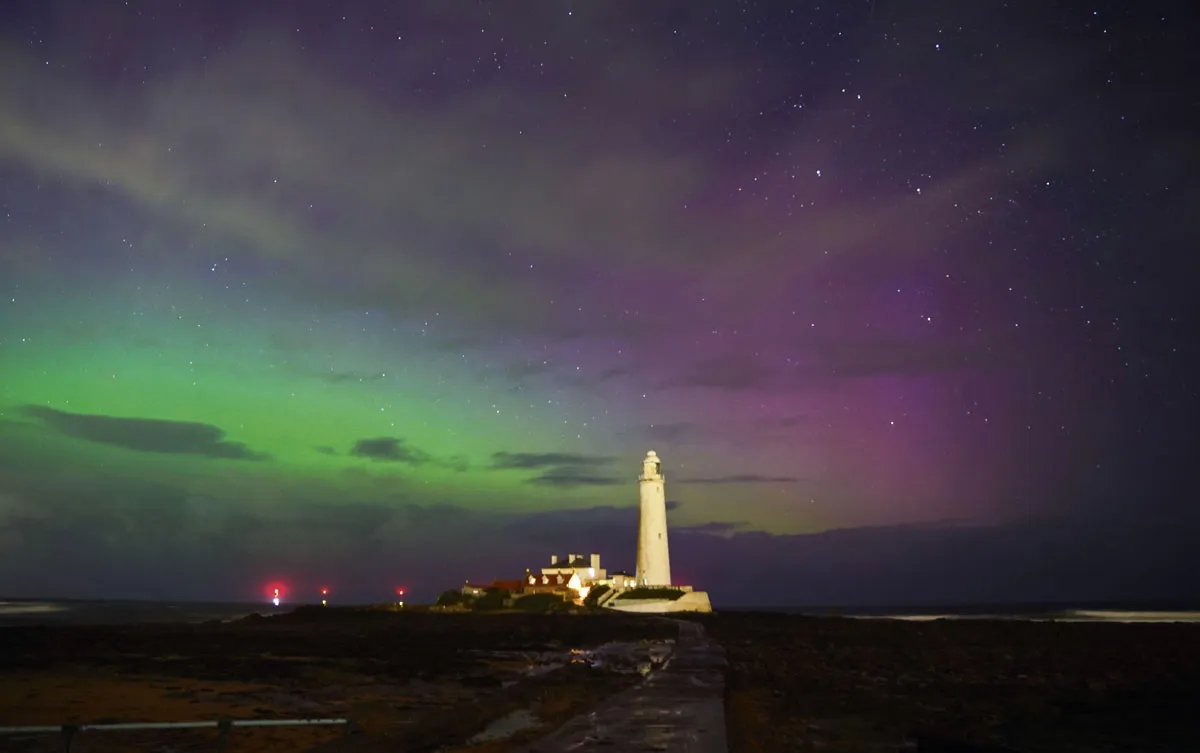
Tyne and Wear – April
On a clear night, the aurora borealis can be seen above the Arctic Circle (67° north). But in late April this year, people living further south, including near Whitley Bay (55° north) (pictured above) in England, were treated to spectacular displays.
Also known as the northern lights, the aurora is the result of charged particles expelled from the Sun crashing into Earth’s atmosphere. This ‘solar wind’ is linked to sunspot activity that’s currently increasing towards a ‘solar maximum’ predicted for 2025, meaning we can expect to see the aurora at lower latitudes for a couple more years.
Step back in time
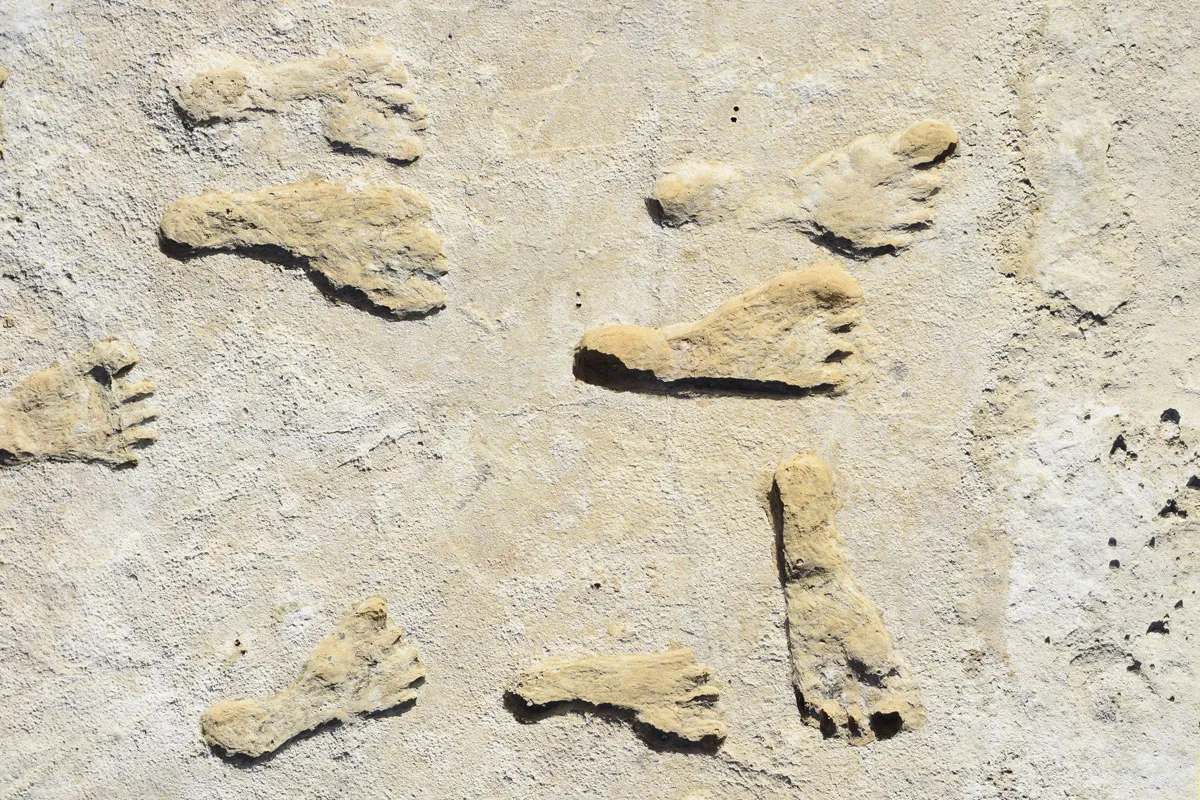
New Mexico, USA – October
Until recently, scientists thought humans arrived in North America 13,000–16,000 years ago. But in 2021, radiocarbon dates for fossilised footprints (pictured) discovered in 2009, in the White Sands National Park in New Mexico, moved their arrival back to 21,000–23,000 years ago.
Controversy raged around the dating, however, which was based on seeds embedded in the prints. So the researchers started again, this time collecting 75,000 grains of pollen from the footprints and using both radiocarbon and optically stimulated luminescence dating. In October, they reported the results. Their conclusion? They were right the first time.
Window on the past
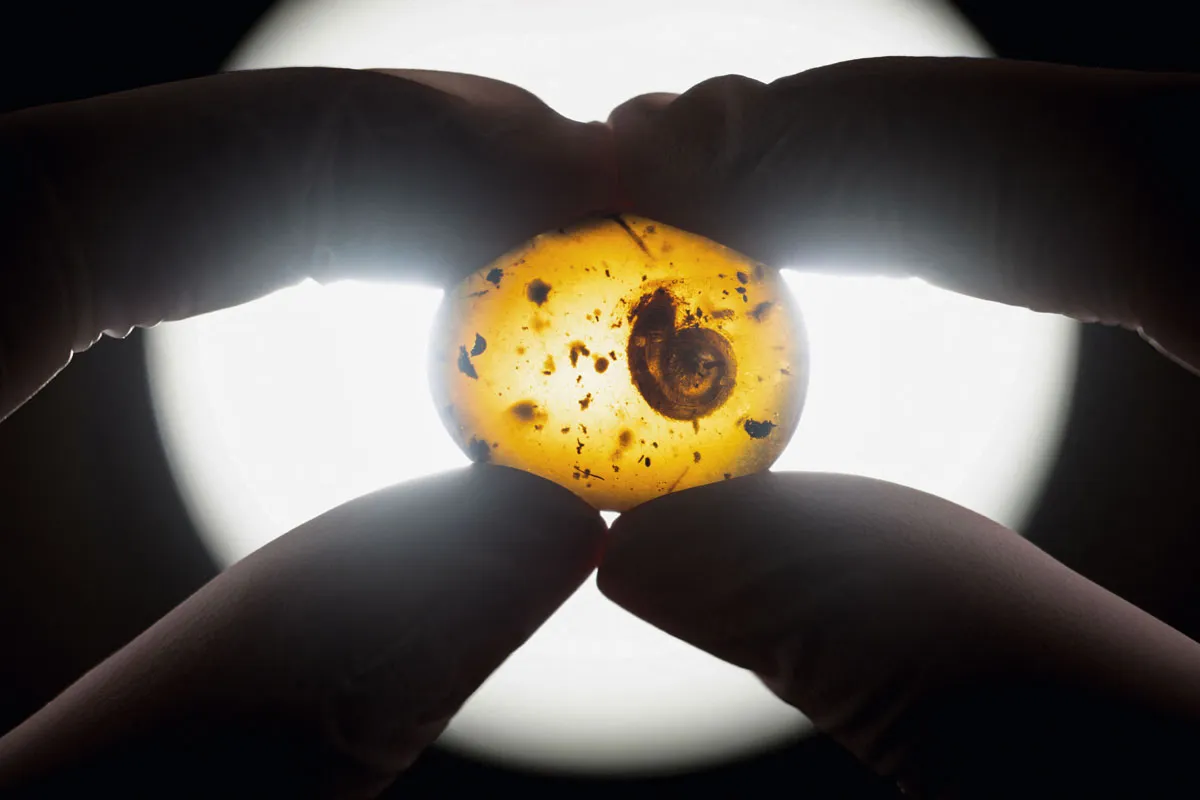
Colmar, France – March
It may not be Jurassic, or contain dinosaur DNA, but this piece of amber that went on display in France’s Natural History and Ethnography Museum in March contains a very old and very unusual snail.
Research published in October 2022 identified the preserved snail as Archaeocyclotus brevivillosus, a previously unknown species dating to approximately 99 million years ago and distinguished by its hairy shell. The amber it’s contained in came from the Hukawng Valley in Myanmar in 2017. Over 2,000 species have been found trapped in ‘Burmese amber’, including spiders with tails and worms with legs.
Clear skies with a chance of rhino
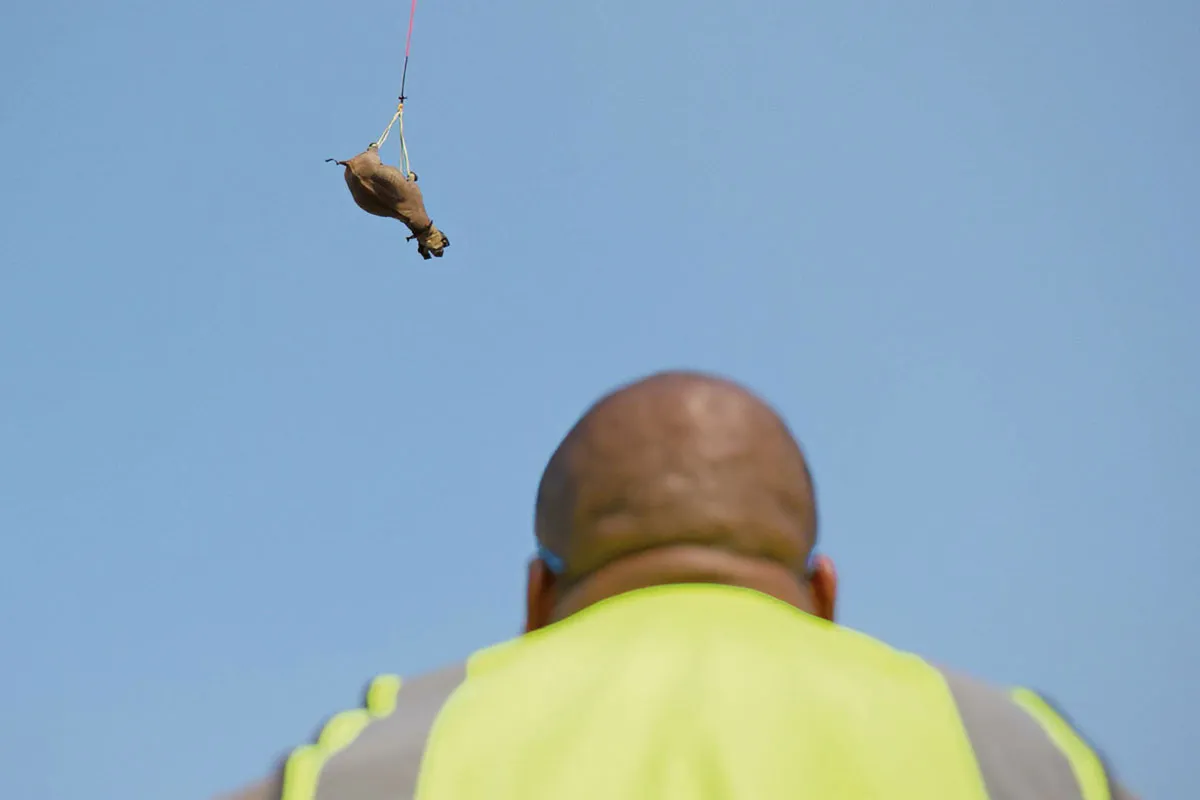
South Africa – June
Twenty years ago, the World Wide Fund for Nature (WWF) collaborated with governmental organisations in South Africa to start the Black Rhino Expansion Project. Today, WWF says the project has created 15 new rhino populations.
Meanwhile, figures announced by the African authorities in September 2023 suggest there are now nearly 6,500 black rhinos across Africa, up from less than 2,500 in the mid-1990s, when populations had dwindled due to the killing of rhinos for their horns.
The project continues to establish new rhino populations and, in December, featured in Planet Earth III, which showed how difficult it is to transport an 800kg-plus (1,900lb) animal to its new home.
Read more:
- Back from the brink of extinction: The best conservation success stories
- There are two northern white rhinos left, both females. Here’s how science hopes to save them from extinction
Show your guts

Stanford, California, USA – July
Most of us don’t think too deeply about how our nine metres (30ft)of intestines are organised, except when they’re in knots. But take a closer look at this colourful image unveiled by US, Swiss and German scientists in July, and you might start to realise what a complex and well-ordered organ the gut really is.
Each colour in this image represents a different molecule, which has been highlighted by washing the gut tissue with a fluorescent antibody specifically designed to stick to that molecule. By combining several new imaging techniques, the scientists were able to map 20 ‘neighbourhoods’ of gut cells by visualising their molecular contents, at the level of the individual cell, for the first time.
Storm damage

Derna, Libya – September
On 10 September, Storm Daniel hit Libya, causing catastrophic flooding in the city of Derna. Over 4,300 people were killed in the storm and its aftermath, according to the World Health Organization, while ten times as many fled their homes.
The coastal city was hit by flash floods when two dams burst under pressure from torrential rains. In November, Libyan scientists reported that water sources had been contaminated following damage to water and sewage systems, and noted that 55 children in Derna had suffered from waterborne diseases.
The scientists also called for international efforts to help avoid public health crises after natural disasters in conflict-affected countries such as Libya.
Beacons in the night
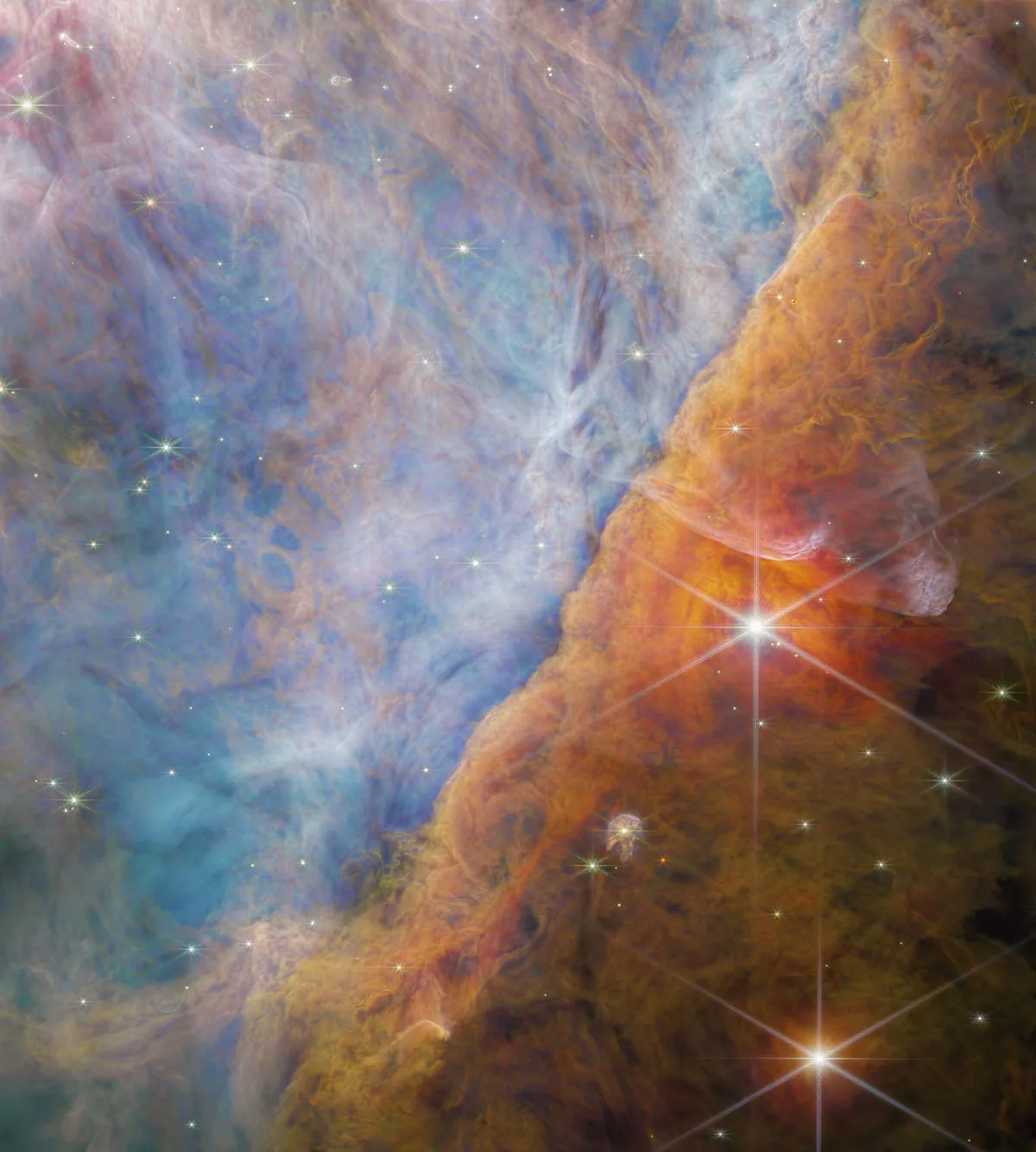
June
Two very bright stars in the Orion Nebula draw the eye in this image captured by the James Webb Space Telescope’s near-infrared camera. But it’s the smaller stars, and what surrounds them, that interest scientists.
Released jointly by ESA, NASA and the Canadian Space Agency in June, the image shows an area where young stars are being born within rotating clouds of dense gases and dust (protoplanetary discs) from which planets may later emerge.
Data from the telescope allowed scientists to detect a molecule known as the methyl cation in a protoplanetary disc for the first time. This molecule may be crucial to the chemical processes involved in creating organic molecules, upon which life depends.
Good luck, have fun
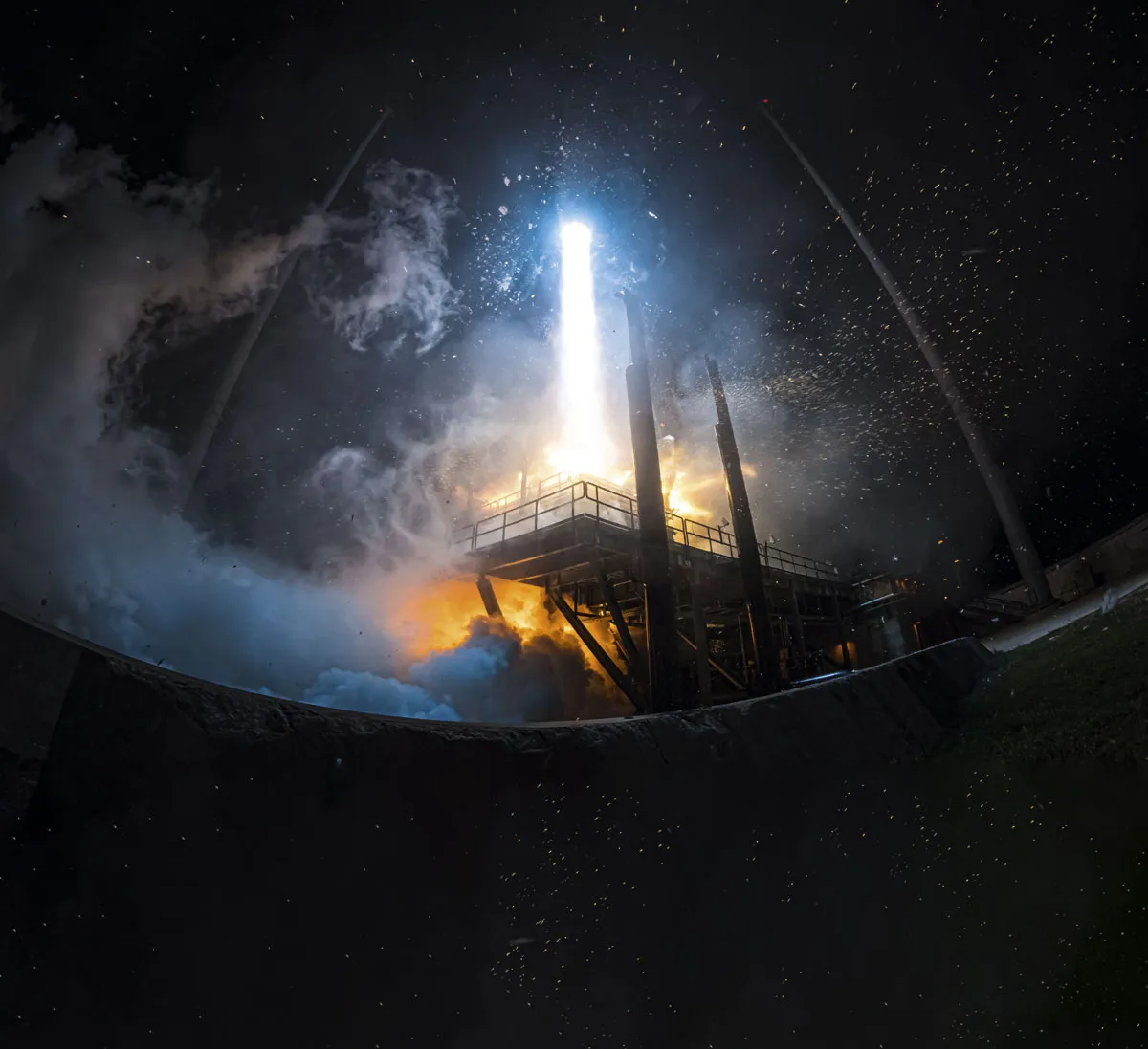
Cape Canaveral, Florida, USA – March
Good Luck, Have Fun, or rather GLHF, was what the rocket company Relativity Space named its mission to launch the first 3D-printed rocket into space. The rocket, Terran 1 (pictured), launched in March, successfully making it past the 100km-high (62 miles) Kármán line, which marks the point where Earth’s atmosphere meets space.
But while GLHF was billed as a happy-go-lucky maiden voyage for the Californian company, it has its sights on more serious missions. By 2026, Relativity Space expects to be using its 3D-printed rockets to launch customer satellites from the Florida site that once saw the Apollo spacecraft take flight. Its long-term goal is to create an industrial base on Mars.
Meat boulder

Amsterdam, The Netherlands – March
Devotees of the caveman diet will be intrigued by this epically proportioned meatball containing woolly mammoth protein. Cooked up by Vow, an Australian company that produces lab-grown meat, it’s made from sheep stem cells into which scientists inserted a mammoth gene sequence (patched up with elephant DNA) that codes for the myoglobin – the protein that makes red meat look red.
Although eating this meatball is ill-advised, as no one knows what 4,000-year-old proteins might do to our immune systems, it does make you wonder what future delicacies we might have to look forward to. Anyone fancy a T. Rex toastie?
Read more:
The truth is out there
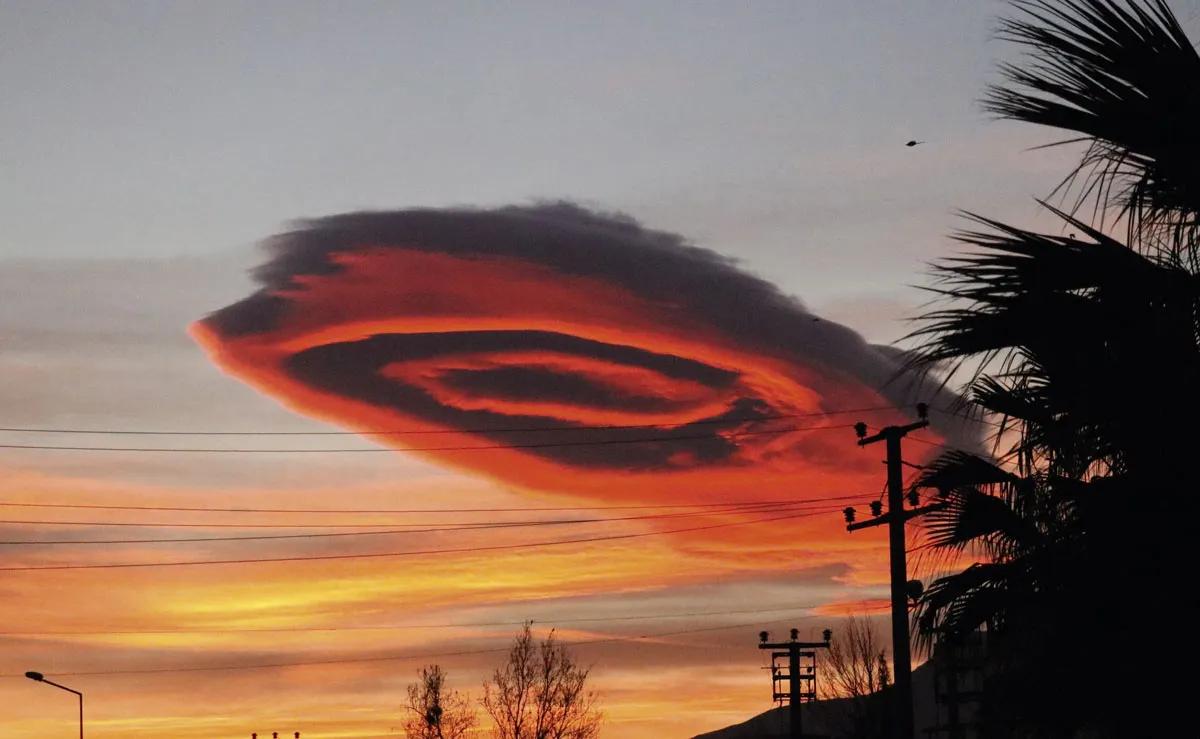
Bursa, Turkey – January
Some people might question the credibility of this photo, and many did when it appeared on social media in January. It’s not, as you might imagine, an AI-created UFO; it’s actually a cloud. Specifically, a ‘lenticular’ (lens-shaped) cloud that just happens to look like it could be a vessel carrying visitors from another planet.
Lenticular clouds are thought to be responsible for numerous UFO sightings. If you’ve never seen one, it’s probably because you don’t live near mountains. Lenticular clouds are the result of peculiarities in how air and water vapour move across a mountain range.
Read more:
